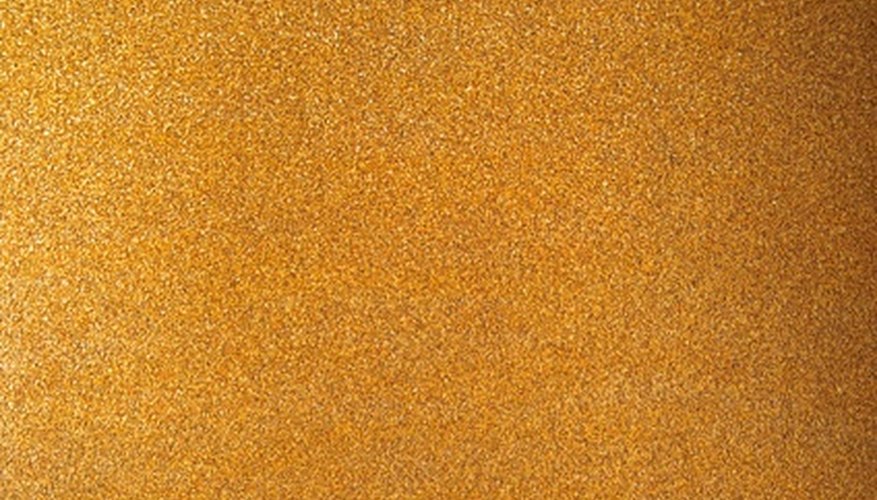Polythene sheds are storage units made of plastic. If you would like to paint your polythene shed, you should consider some important points. Because polythene plastic is nonporous, it is ill-suited for paint adhesion. You must abrade the shed with sandpaper prior to application or it will ultimately lose its new finish. In addition, because the shed must endure harsh weather conditions, you should choose a paint that holds up under varying temperatures.
- Polythene sheds are storage units made of plastic.
- Because polythene plastic is nonporous, it is ill-suited for paint adhesion.
Wash the polythene shed with a pressure washer. Wait two to four hours for the shed to dry.
Promote adhesion by abrading the polythene shed with a palm sander stocked with 120-grit sandpaper. Scour the shed until it feels slightly coarse.
Cover portions of the polythene shed you do not want painted with professional painter's tape. Cover areas beneath the shed with heavy-duty fabric dust sheets.
- Promote adhesion by abrading the polythene shed with a palm sander stocked with 120-grit sandpaper.
- Cover portions of the polythene shed you do not want painted with professional painter's tape.
Access the shed's roof with a step ladder. Apply acrylic latex primer to the roof with a roller affixed to an extension pole. Apply primer to the walls and doors using the roller. Use a paintbrush made for use with water-based coatings to apply primer to areas you can't reach with the roller. Wait two hours for the primed shed to dry.
Wash all painting tools with water.
Apply acrylic latex paint to the primed polythene shed. Apply the paint just as you did the primer. Wait two hours for the painted shed to dry. Add another coat if you have inadequate coverage.
WARNING
Never prime an unsanded polythene shed, or the finish will fail. Never paint a bare polythene shed, or the paint will peel. Do not use an ordinary latex paint on a shed, as it is not elastic enough to expand and contract in varying temperatures.
